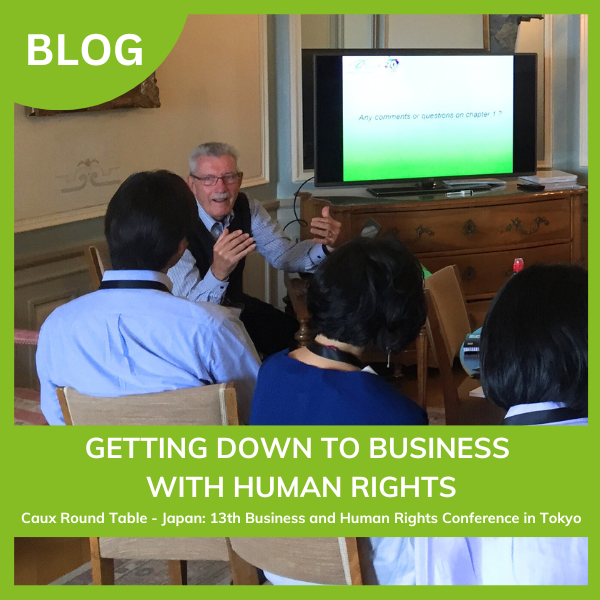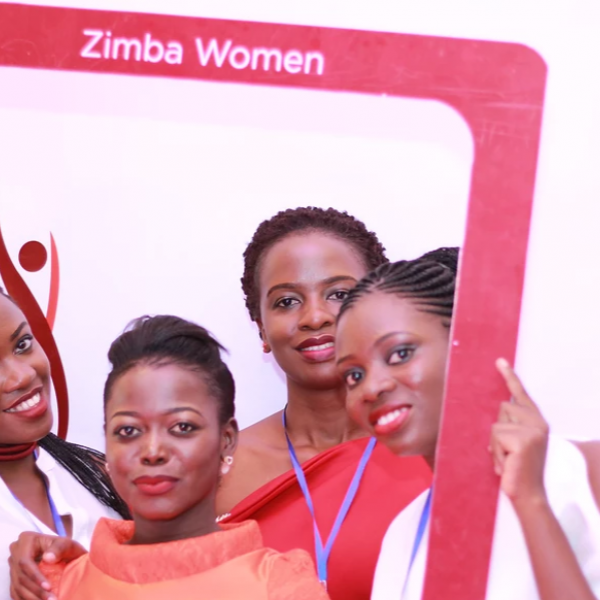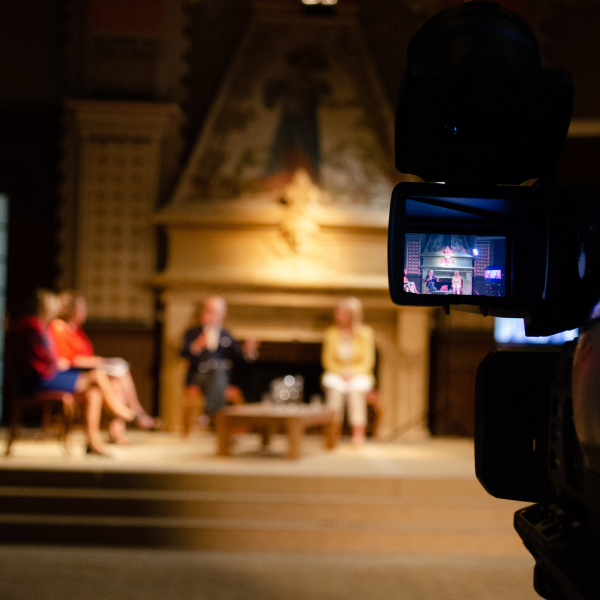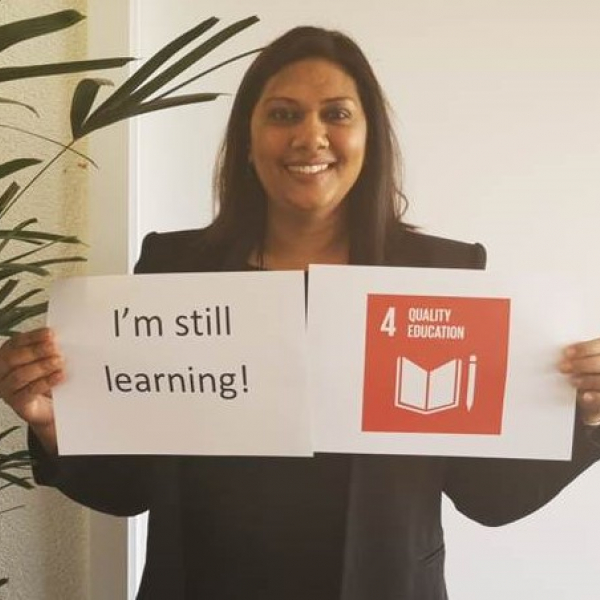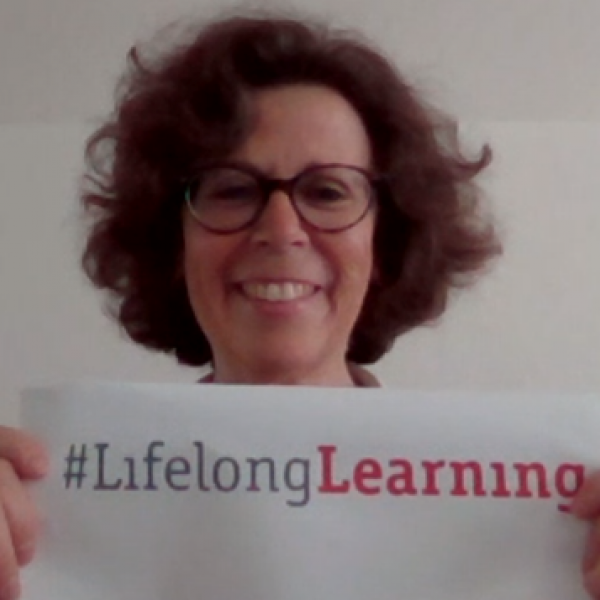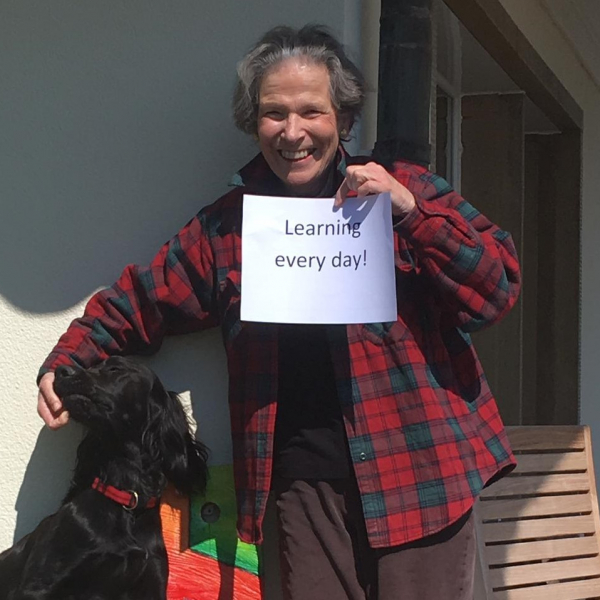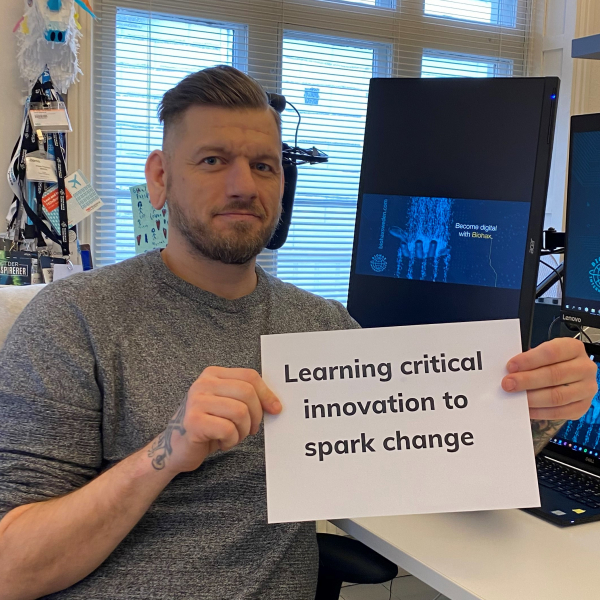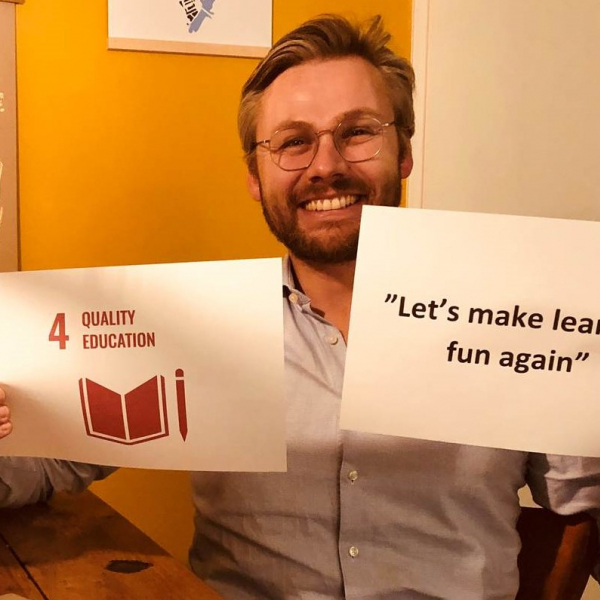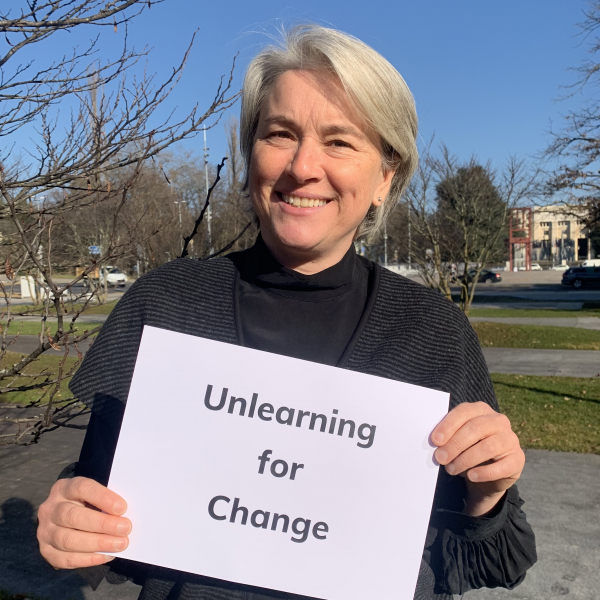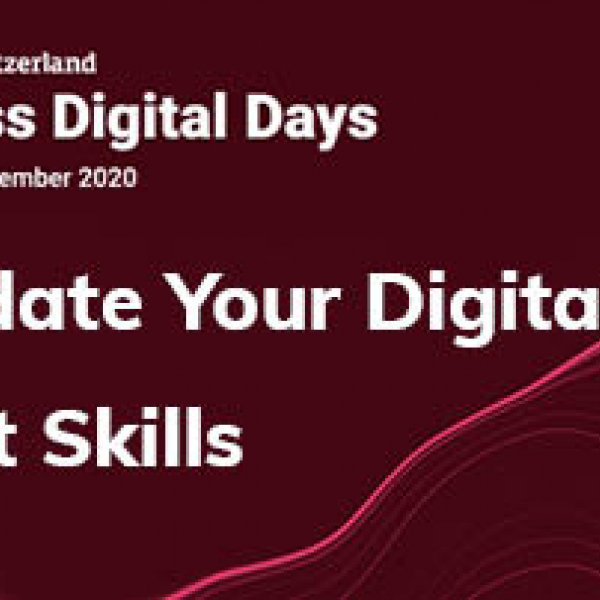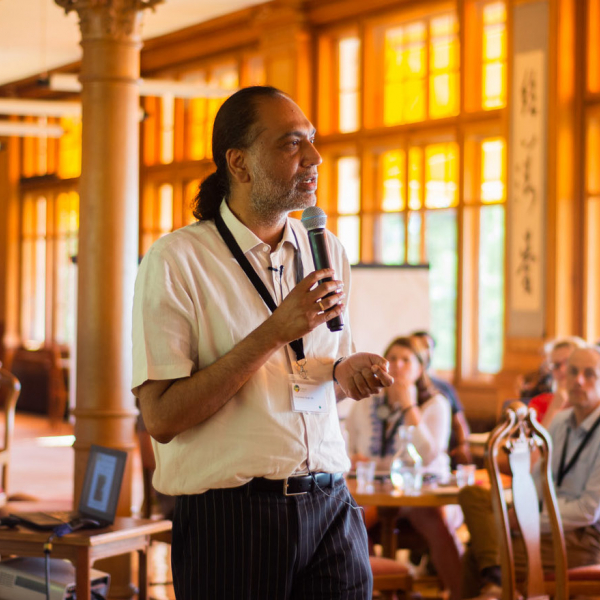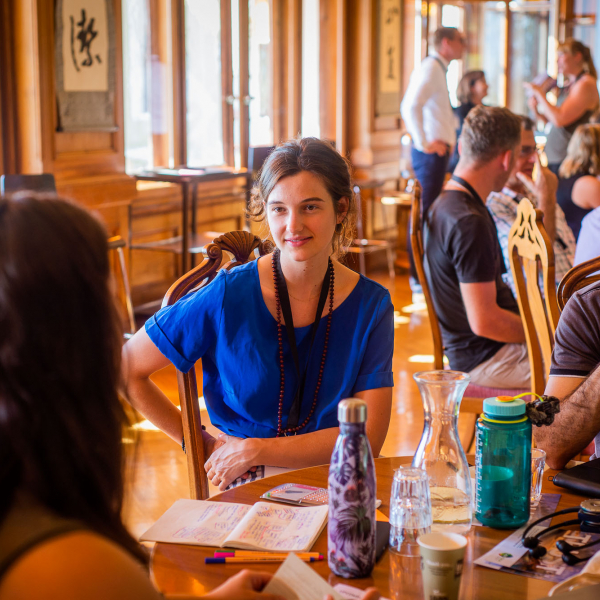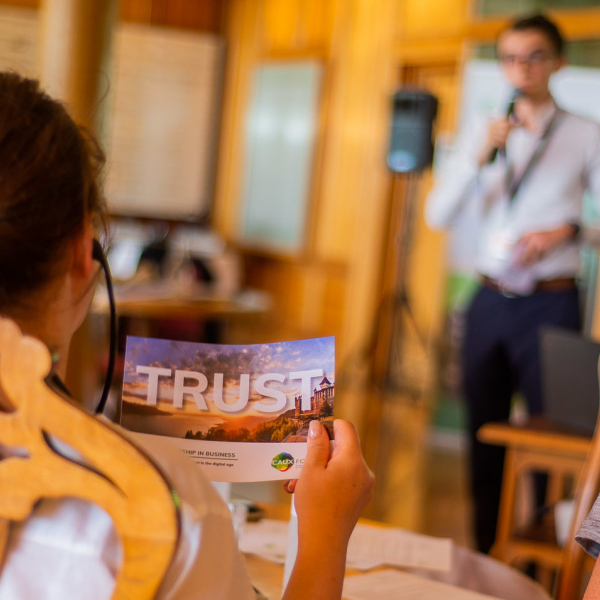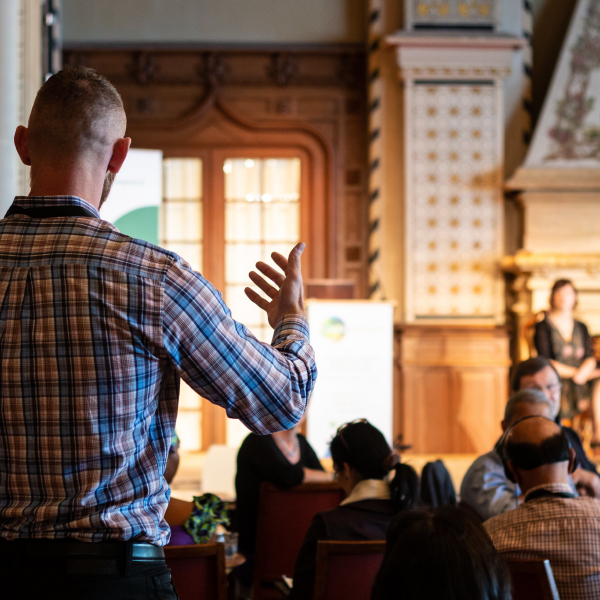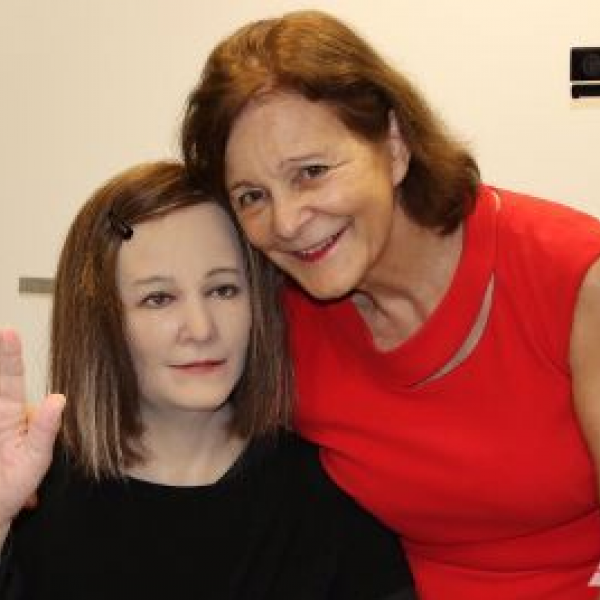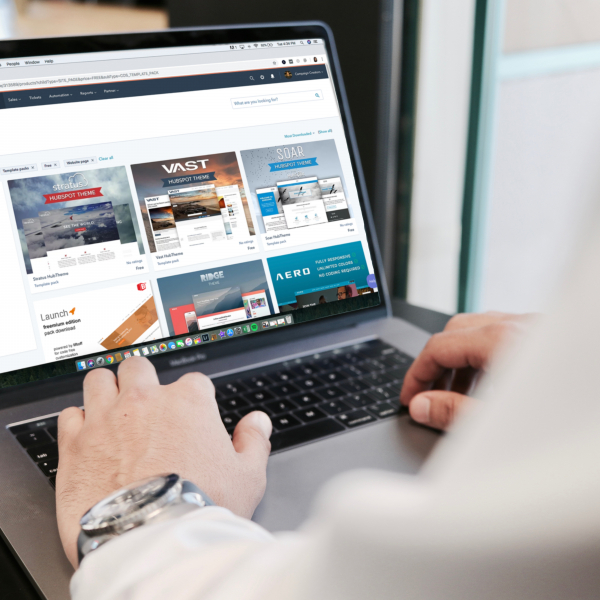How to make video calls more human and successful
By Annika Hartmann de Meuron
11/04/2021
A year ago, video conferencing became the new normal in our work lives. It was the safest place for us to meet and collaborate. It seemed so easy: just invite someone to join the call and continue as usual. However, after a while, many of us began to feel zoomed-out. Too many, too long video calls lowered our energy, performance and sense of connection.
One reason for this is that our brains are not wired to read so many faces at the same time. This makes group video calls much more tiring than face-to-face meetings, where we can focus on one person at a time. In real life we also get more cues from each other. We can shake hands to build connection and trust, we can see all of a person’s body-language and we can even take in olfactory cues. Being together physically forces us to be attentive. Alone in our home offices, it is easy to multitask, to the detriment of attention, connection and productivity.
During the Initiatives of Change Ethical Leadership and Business Talks in February 2021, we asked: How can we increase attentive presence, human connection and productivity in video calls? Here are some recommendations we came up with.
Getting started
- Before scheduling a video call, ask yourself if you could complete the task as efficiently with an email or a phone call. For example, do you really need to see the person if you are only going to share factual information?
- If a video call is the right choice, make sure that everyone invited has a good reason to be there and knows what they are expected to contribute. Participants who find themselves in the role of ‘passive listener’ are far more likely to get frustrated and end up multitasking.
- Put agenda points in the form of questions. For example: How can we increase the conference centre’s sales? Ask participants to write their answers in a shared online document a few days before the meeting. This will enable them to connect before the meeting and save time during the meeting, as discussion can be built on the responses that have already been provided.
- Avoid PowerPoints, as they tend to cut connection and are rarely comprehensive. Instead, invite people to send out written documents in advance and ask participants to comment and provide feedback on them.
Timing is key
If you are the moderator, there is an art to defining and sticking to a realistic timeframe for each agenda point. It’s crucial to run to time, as most people will have several video calls during the day and need breaks between them. Commuting only takes seconds when you work from home, and we all spend too much time sitting. As a meeting host you need to make time in the agenda for a pause of at least five minutes after every 50 minutes, for people to stretch. You can find some ideas for stretches here.
Realistic numbers
It’s not only important to consider who should be there, but also how many participants can realistically be productive. According to Jeff Bezos’s two-pizza rule, there should never be more participants than can be fed by two pizzas. However, if you always meet with the same people, this can reduce ‘out of the box’ thinking and awareness of the needs of different groups. Breakout rooms can be an efficient way of having a larger meeting which is still productive and inclusive. Splitting a meeting into small groups gives every participant the chance to voice their opinion. This can then be fed back to the main meeting via a debriefing session. Many participants enjoy these small groups. They allow for human connection and getting things done together, something we miss when we are alone in our home offices.
Set ground rules
If you meet regularly with the same group of people, it is crucial to agree on ground rules so as to create a safe space. Some questions to think about are: Do you want cameras on or off, and microphones on or off? Is it OK to arrive late or to leave a meeting early? Do you want to invite participants to comment and ask questions? Are you going to allow PowerPoints? How are you going to stop monologues? These ground rules need to be co-created by everyone taking part in regular meetings and reviewed from time to time to make sure they are still relevant.
The role of the moderators
In addition to keeping to time, moderators also need to ensure that everyone participates and feels connected. Prepare yourself by allowing time between meetings, to stretch, take a moment of quiet, connect to your emotions, and ask yourself how you want to show up and what you want to bring to those who join the meeting. Several studies prove that humans bond through laughter, so maybe watch something that will make you smile before you start the meeting. It may also help to hide your video as watching yourself can be distracting and make you act unnaturally.
Some tips on successful moderation
- When people arrive, welcome everyone by name and allow five minutes for informal conversation. To encourage active participation during the meeting, it’s important to let everyone speak briefly at the beginning. You can try some icebreakers to launch a lively conversation.
- During longer meetings, you can increase attentiveness and participation by giving people roles, such as putting them in charge of the breakout rooms, time-keeping or mood-tracking. You can also call on individuals for their opinions, but always give them the option to pass as it’s not about putting someone on the spot. To avoid group thinking, ask regularly: Who’s got a different answer? This creates a bit of tension and increases attention.
- If there are important decisions or questions to address, give some time for silent reflection and a round of thought sharing. In a virtual space, it’s so much harder to sense the mood in the room, so offering everyone some time to reflect gives space for unspoken elements to pop up. You can also use tools like mentimeter to capture the mood. Always start and end the meeting in gallery view so that everyone can see each other and feels connected.
Finally, take time with your colleagues, every now and again, to review their experience of remote working and video conferencing. This will help you collectively to define the best formula for attentive presence, human connection and productivity.
Annika Hartmann de Meuron is in charge of Initiatives of Change Switzerland’s Ethical Leadership in Business and Trustbuilding programme which aims to contribute to a better future by offering international business representatives a safe space for sharing leadership experiences, personal stories and expertise. In addition, her work focuses on the human impact of digitalization and trustbuilding in the digital age. Annika Hartmann de Meuron has an MA in International Relations and a MA in International History and Politics. She worked for many years as a Corporate Social Responsibility Manager for the Philias Foundation, prior to which she worked in the communications sector at the Global Humanitarian Forum and the PR-Agency Rochat & Partners.
Find out more about Ethical Leadership in Business
- Photo top and teaser: Chris Montgomery on Unsplash
- This article was originally published on LinkedIn.





